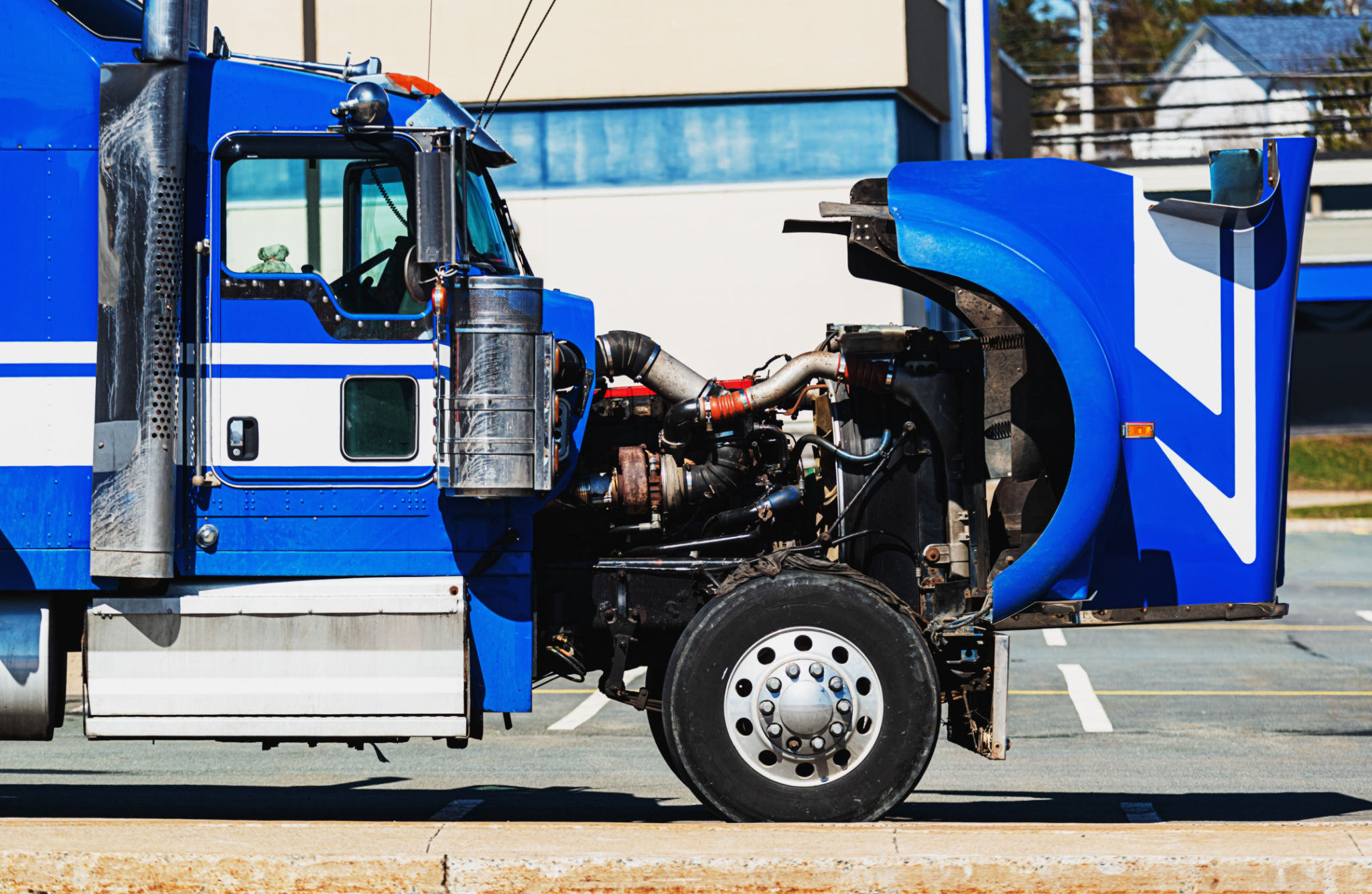DIY Truck Maintenance: Essential Safety Checks
Understanding the Basics of DIY Truck Maintenance
Owning a truck is not only a great convenience but also a significant responsibility. Performing regular maintenance ensures that your vehicle remains in top shape, providing safety and reliability on the road. While major repairs are best left to professionals, there are several essential safety checks that you can perform yourself. In this guide, we’ll walk you through some critical DIY truck maintenance tasks.

Check Your Tires Regularly
The condition of your tires is crucial for safe driving. Begin by inspecting your tire pressure at least once a month. Properly inflated tires improve fuel efficiency and ensure optimal vehicle handling. Use a reliable tire pressure gauge to make sure your tires are inflated according to the manufacturer's recommendations.
Additionally, check the tread depth of your tires. Worn-out treads can lead to reduced traction, especially in wet conditions. Use the penny test to determine if your tire tread is sufficient—place a penny into the groove with Lincoln’s head upside down. If you see the top of Lincoln's head, it’s time for new tires.
Monitor Fluid Levels
Fluids are the lifeblood of your truck's engine. Regularly check and top off essential fluids such as engine oil, coolant, brake fluid, and transmission fluid. Ensure that each is at the appropriate level and replace any that are dirty or discolored.
For engine oil, use the dipstick to check the level and condition. Dirty oil should be changed to keep your engine running smoothly. Similarly, inspect the coolant reservoir for any leaks or discoloration, which could indicate a problem with your cooling system.

Inspect Brakes for Safety
Your truck's brakes are one of its most critical safety features. Regularly inspect brake pads for wear and tear. If you hear squealing or grinding noises when braking, it’s time to replace the brake pads. Checking brake fluid levels is equally important; low levels may indicate a leak in the system.
If you're comfortable doing so, remove the tires to inspect the brake rotors and calipers for any signs of damage or excessive wear. Keeping your brakes in good condition is essential for safe driving.
Ensure Lights Are Functioning
Proper lighting is essential not only for visibility but also for communication with other drivers. Regularly check all exterior lights, including headlights, tail lights, brake lights, and turn signals. Replace any burnt-out bulbs immediately to avoid accidents and potential fines.
If you notice any fogging or yellowing of your headlights, consider cleaning them with a headlight restoration kit to improve nighttime visibility.

Examine Belts and Hoses
Engine belts and hoses play vital roles in your vehicle's operation. Inspect them for signs of wear such as cracking, fraying, or glazing. Pay particular attention to the serpentine belt, as its failure can lead to major engine problems.
Similarly, check all hoses for leaks or signs of damage. A broken hose can lead to overheating or loss of power steering. Replacing worn belts and hoses can prevent costly repairs down the road.
Conclusion
Regular DIY maintenance checks go a long way in keeping your truck safe and functional. By taking the time to perform these routine inspections, you not only extend the life of your vehicle but also ensure that you're driving safely. While some tasks might seem daunting at first, with practice and patience, you'll become more confident in maintaining your truck.